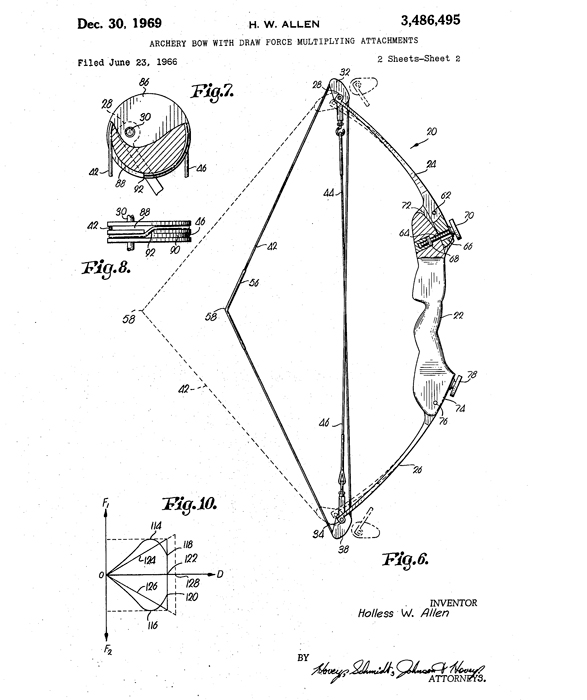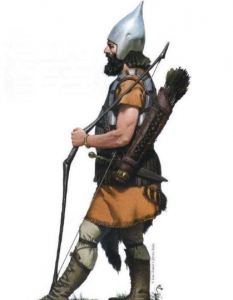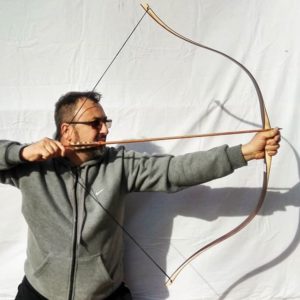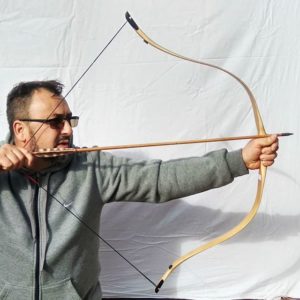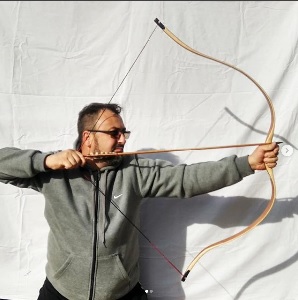Types of Bows – Traditional, Recurve, Compound, Everything in Between!
The Main Types of Bows (Taxonomy)
Archery has been around for millennia and has spread to every corner of the globe. As a result, there is an overwhelming amount of different types of bows available for today’s archer. Let us review the different types of bows, from the historical and the traditional to modern recurves and compound bows.
Self Bows
Let us start with the simplest. A self bow is described as a bow that is comprised of a single piece of wood. They are relatively easy to make, as compared to composite bows or modern compound bows (which we’ll get into later). Some of the earliest bows would have been of this type. Examples include the Holmegaard bows of mesolithic northern Europe and the English longbow of the medieval period.

There are some variations within this class of bows. A longbow, for example, has a rounded cross-section, whereas certain bows, such as the Holmegaard bows or most Native American bows have a flat cross-section and are called “flatbows”. A bow that possesses a flat cross-section has the advantage of spreading the stress evenly throughout the bow limbs as the bow is drawn. If you really want to dive deep into the mechanics involved, check out this Wikipedia article on bending. Flatbows also have straight limbs, with no recurve (see recurve later in the article).
The image on the left is a cross-section of and English longbow found aboard the Mary Rose. The image on the right is of Native American Flatbows. Both are classified as “self bows”.
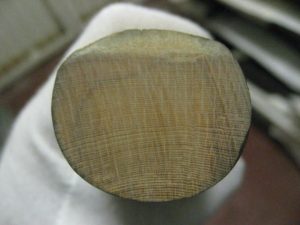

Composite Bows
As the name implies, a composite bow is constructed out of a composition of different materials. The most common combination of materials used in traditional composite bows is wood, horn, and sinew. These three basic materials are held together by an organic adhesive, like fish bladder glue. There are many sub-types of composite bows that are differentiated from each other by various characteristics. These can include sub-types classified as recurve, reflex and horsebows to name a few. Below is a list of people and cultures known for their composite bow use throughout history:
Egyptian Bow:
The bow was an important weapon for the ancient Egyptians. The Pharaoh shot his bow while riding in a chariot. The earlier Egyptian bow was a self bow but a composite version was developed later on. Below is an image of a traditional Turkish bow on the left and an Egyptian bow on the right. Both are considered composite bows as they are made using a combination of materials and pieces joined together.

Assyrian Bow:
The ancient Assyrians had a composite bow very similar in shape and structure to that of the ancient Egyptian variety. On the left is a depiction of an ancient Assyrian soldier with his bow. The right image is the Assyrian laminate bow by Jackal Archery, click image for the product.
Scythian Bow:
The Scythians produced one of the earliest composite bows that were used almost exclusively on horseback. In ancient times, their presence was felt from China to the Greek islands. The shape of the Scythian bow is easily recognizable by its curves.
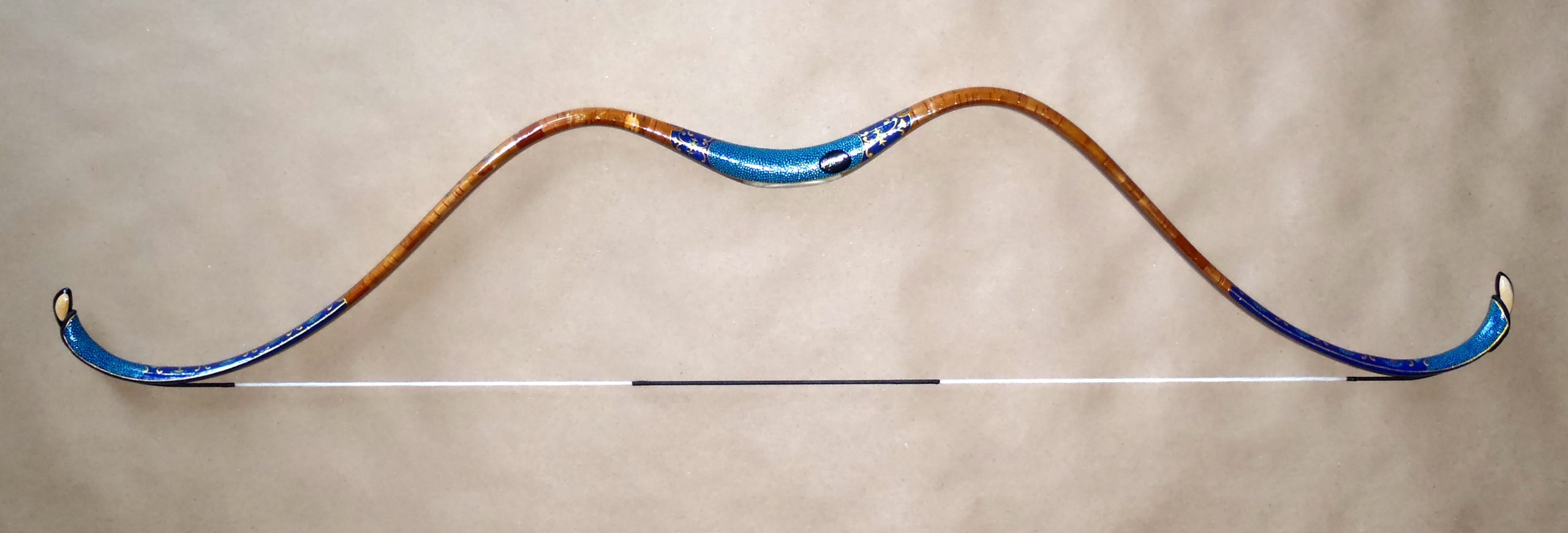
Magyar Bow:
The Magyar or Hungarian bow is an Asiatic composite bow used primarily on horseback. Attempts were made to reconstruct the bow from remains found in gravesites in Hungary. See page Magyar for more on this bow.
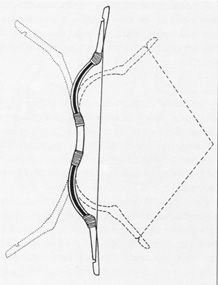
Mongol Bow:
The Mongol bow, pre-17th century, was an Asiatic composite bow similar in shape to the Avar or Magyar bow. After the 17th century, the Chinese (Manchu or Qing) bow was adopted and put to use.

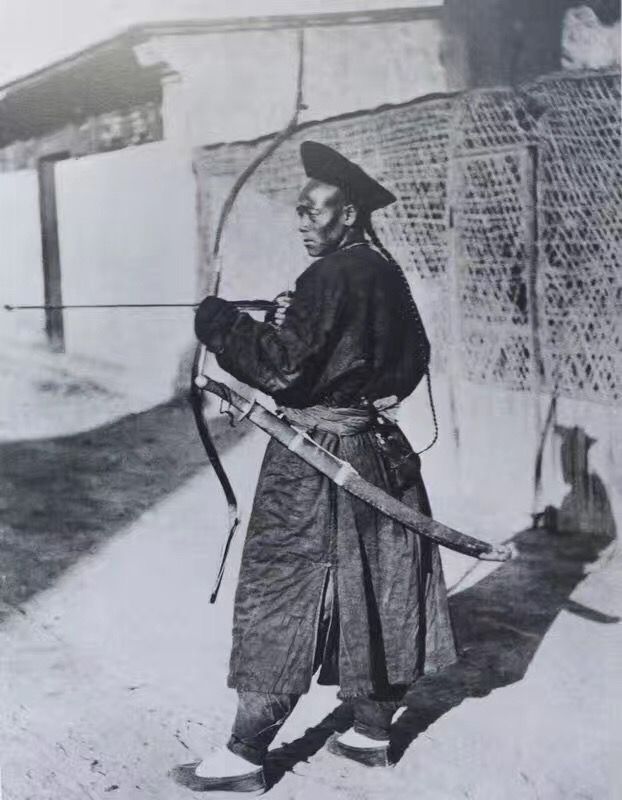
Japanese Bow (Yumi):
An elegant and interesting bow. It is easily recognized by its long, asymmetrical limbs. Read more about Japanese traditional archery and the Yumi.
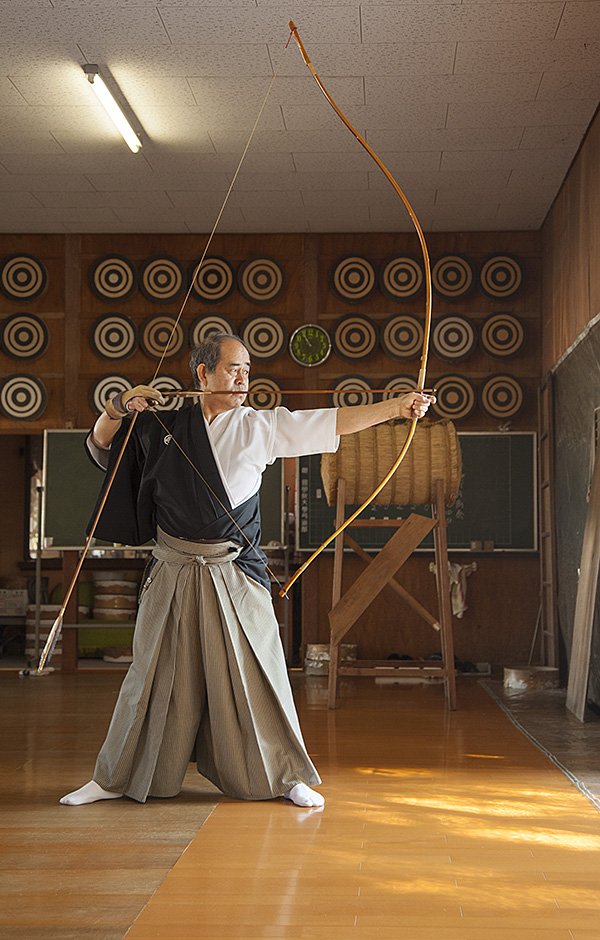
Turkish Bow:
The traditional Turkish bow used by the Ottomans had built upon prior knowledge of composite bow technology. Turkish bows are some of the most efficient and beautiful of all composite bow.

Recurve Bows
These types of bows are classified as a bow that has the tips of its limbs curving away from the archer. A recurve can be a self bow or a composite bow. Recurves were used in ancient and medieval times all the way up until modern times. There is a modern Olympic archery event for recurve bows. Below is an image from the Bayeaux Tapestry depicting the Norman conquest of England in 1066. The Normans fielded many archers for the invasion. Their bows have the characteristics of recurves, with the tips clearly bent forwards.
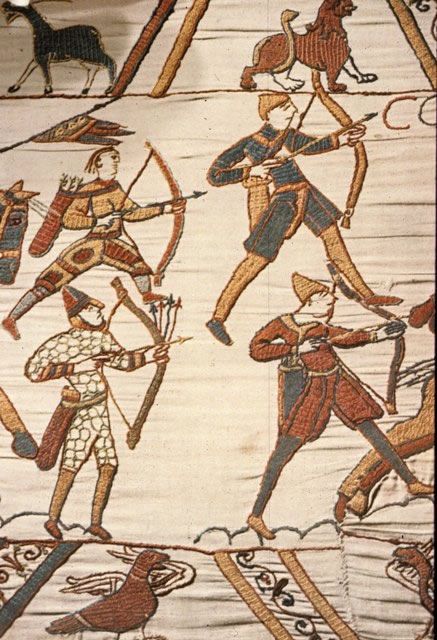
The image below (left) is of a Fred Bear recurve bow designed in the mid-1960s. The image on the right is a modern Olympic recurve. In both cases, note the curvature of the tips of the bows.


Takedown (Recurve)
You may hear the term “takedown” bow when referring to most modern recurves. This simply means that the riser or handle of the bow and the two limbs can be easily disassembled or “taken down”. Many modern recurves are built in this fashion. Various risers and limbs can be mixed and matched together depending on the archer’s preference.

Reflex
These particular types of bows are constructed with limbs that curve away from the archer. When unstrung they form a distinctive “C” shape and some may have limb tips that touch or even overlap. A reflex bow is different from a recurve in that the entire limb curves or “flexes” away from the archer while in a recurve, only the tips do. An extreme reflex allows a much smaller bow to achieve a higher draw weight than a larger bow that does not have a reflexed shape. A good example of a reflex bow is a traditional Korean bow [Traditional Korean Archery], known as a Gakgung.
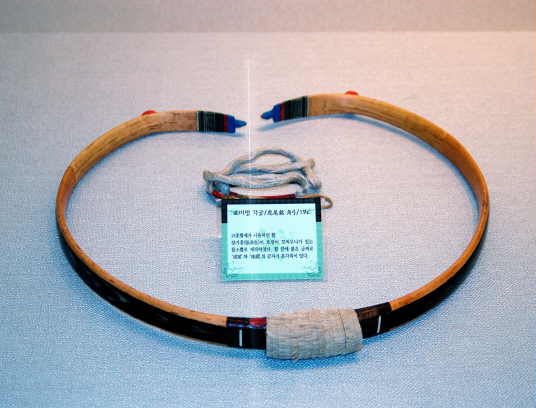
Horsebow
A horsebow is a bow traditionally used in horseback archery. A horsebow was the prime weapon of the Scythians, Huns, Magyars, Mongols, and Turks to name a few. See this article on horsebows for more information.
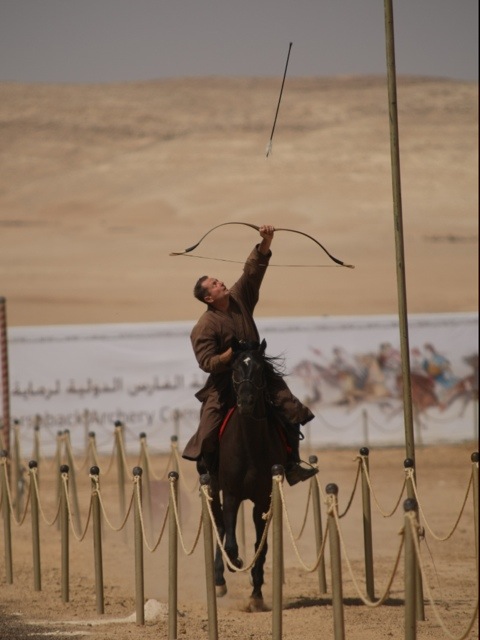
Horn Bow
The term “horn bow” is typically used to describe a bow (usually a horse bow, and reflex bow) that is made with traditional materials and with traditional techniques. Real horn from animals (buffalo, goats) as well as animal sinew is used in the construction. Because of the intricacies and time involved in the building of some hornbows, they can cost several thousands of dollars. These types of bows are usually considered high end.
Laminated Bows
These types of bows are made out of several layers bound together with adhesives. The term laminate or laminated bows usually refers to bows made of wood, fiberglass and other modern substances. In general, traditional composite bows are not classified as laminated bows. Below are several images of laminated bows made by Jackal Archery in Hungary. They are made from several layers of bamboo and a layer of fiberglass on the back of the bow. The bow on the left is one of Turkish design while the one on the right is an asymmetrical Hun bow. You can click on the images for more details.
Traditional Bows With Modern Materials
Many bows today are manufactured from modern materials such as resin or fiberglass, yet they are based on traditional designs. For example, the bows currently made by Kassai are constructed from a variety of modern and traditional materials. These include fiberglass, wood, leather, and even metal. They are at the same time designed as historical representations of ancient horsebows from the Huns, Magyars, and Scythians to name a few.
Compound Bow
Finally, we arrive at the modern compound bow. An American inventor by the name of Holless Wilbur Allen, applied for the patent, “Archery Bow with Draw-Force Multiplying Attachments.” in 1966. By attaching a cam system to the end of the limbs significant let-off occurs at full draw, which allows for heavy draw weights that actually feel light when the bow is at full draw. As ArcheryHistorian.com focuses on the martial art of traditional archery, compound bows are not well represented in the pages of this site. A good article for beginners to read if interested in compound bows is this one from wikipedia.org. Below is an image of the submitted patent for one of the first compound bows.
